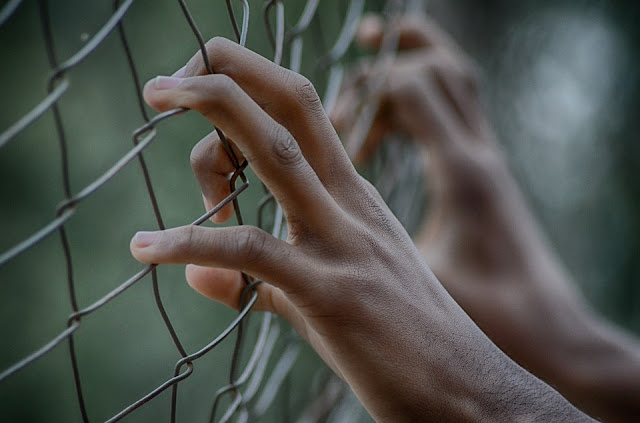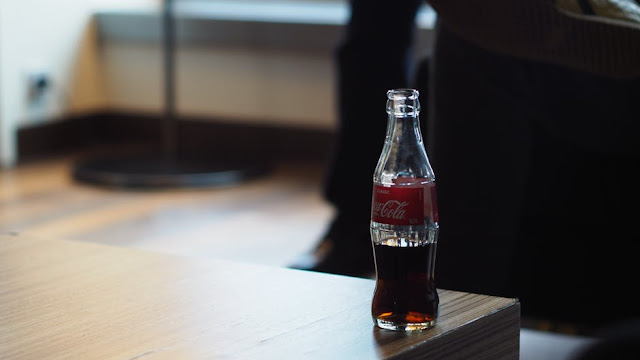Hustling the Brain, or Why We're Suckers for Delighters

Today’s consumers are savvier than ever. In this age of constant media bombardment, it may feel harder and harder to stand out from the noise enough to actually reach people. However, there is one foolproof way to get noticed. According to a 2012 Nielson study , 92 percent of respondents say they trust earned media, “such as word-of-mouth or recommendations from friends and family,” more than any form of advertising . If you can get your customers talking about you, more customers will follow. So how can you turn your customer experience into a share-worthy story? One useful tool is the Kano Model , created by Professor Noriaki Kano in 1984. While studying customer satisfaction and loyalty, Kano found that creating an above-average experience required fulfilling three categories: must-bes, one-dimensional needs, and “attractors” or “delighters" . Essentially, it’s a Maslow’s hierarchy of needs for sales. Must-bes are the things your product or service m



